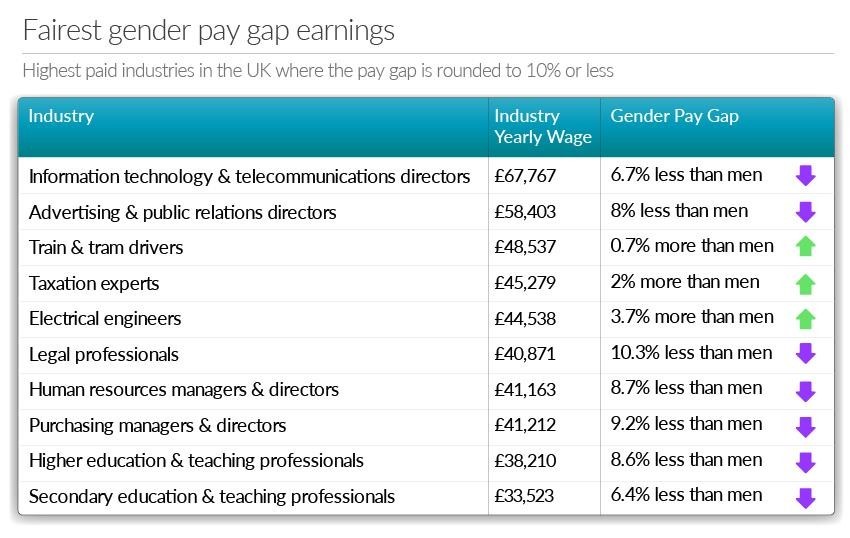The Labour Party has promised to tackle the gender pay gap, regardless of being criticised in the past for not having enough women within the party. They have assured the public that they would match the Tories’ policy of providing 30 free hours of childcare weekly for working mothers, with children aged 2-4 year olds.
Additionally, Theresa May has sworn to continue efforts to close the gender pay gap, by requiring companies with more than 250 employees to publish data on their gender pay gap. Many have argued that the pay gap exists due to a shortage of jobs men and women go into, demonstrating a ‘segregation in the labour market’.
These issues have never been more prevalent in society, and so Savoystewart.co.uk explored the pay gap further, by analysing recent Office of National Statistics (ONS) data. ONS has found that the wage gap is at its lowest since records began at 18.1%. Research has highlighted that despite 80% of UK industries guilty of a gender pay gap, beneath the scrutiny there are industries that actually represent a narrower pay gap, with some of the highest paid jobs in the UK, possessing a less than 10% pay gap difference.
The industries below represent the highest paid jobs for women to pursue, with the smallest pay gap known in the UK:

Interestingly, 40% of these industries, (IT and telecommunication directors, electronical engineers, purchasing managers and directors and taxation experts) require an educational background that involved a STEM subject.
Organisations are continuingly campaigning for girls to study STEM subjects (science, technology, engineering and maths) after the age of 16, as a way of narrowing the gender workforce gap in such industries.
Analysis from the top 10 highest paid jobs for women, with less than a 10% wage gap has revealed that jobs in the IT sector, are the best paid jobs for women, with a staggering yearly salary of £67,767. However, female employment is less than 25%. What’s more, despite such little representation, the wage gap is 6.7% less than men. Moreover, just 27% of those employed in Britain’s digital industries are women, and the UK Commission for mEmployment and Skills has predicted that by 2022, the figure will have only risen to 30%, signifying a less than typical gender pay gap.
Despite women in digital professions still at a low level, the industry has grown 2.8 times faster than overall employment in the UK throughout the past decade. Cindy Rose, the UK CEO of Microsoft, reiterates that keeping girls engaged in these roles, is key for a boost in the UK economy; it is important for these industries to narrow the gender gap.
Interestingly, legal professionals have a wage gap of 10.3% in favour of men, yet 53% of women hold roles in these key professions; once again shutting down a justification for a gender pay gap, when in reality more women take ownership of the industry. Train and tram drivers, are another key industry to assess, where average yearly earnings can be £48,537, where women only make up 5.4% of 19,000 train drivers in the country. Thus, you would expect a drastic wage gap difference. However, ONS has outlined women can earn 0.7% more than their male counterparts.
Justine Greening, the Minister for women and equalities spoke about the gender pay gap in a statement: “Britain has the lowest gender pay gap on record, there are more women in work than ever before, more women-led businesses than ever before and there are now women on every board in the FTSE 100. “But if we are to help women to reach their potential and eliminate the gender pay gap, we need to shine a light on our workplaces to see where there is more to do to. This tool will empower both men and women to challenge this issue in their profession and help people to make more informed decisions about their career.”
(Source: Savoy Stewart)



















